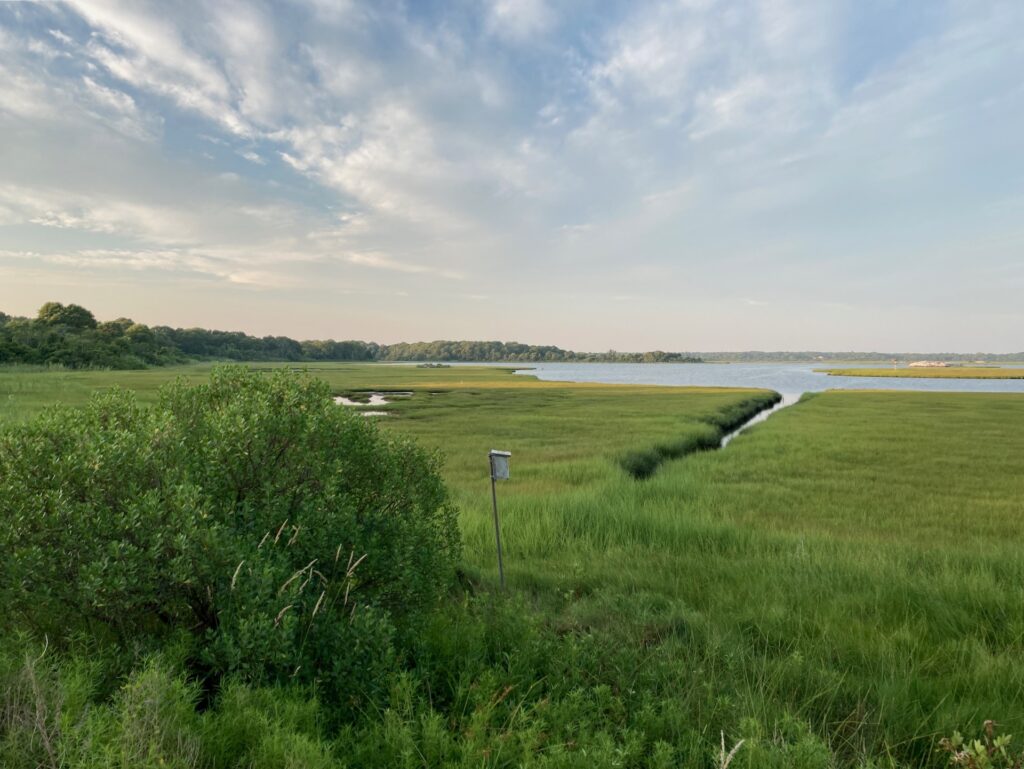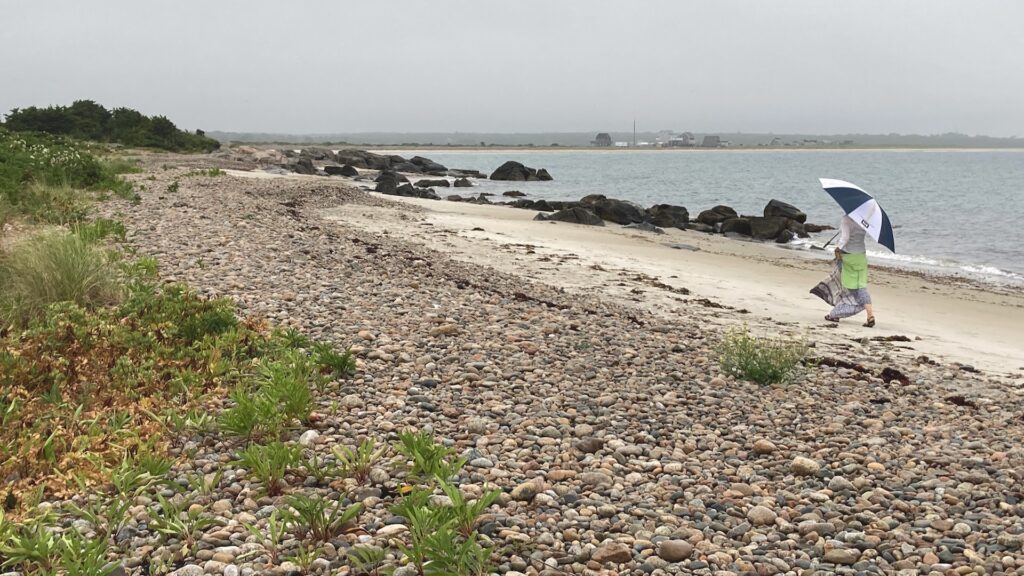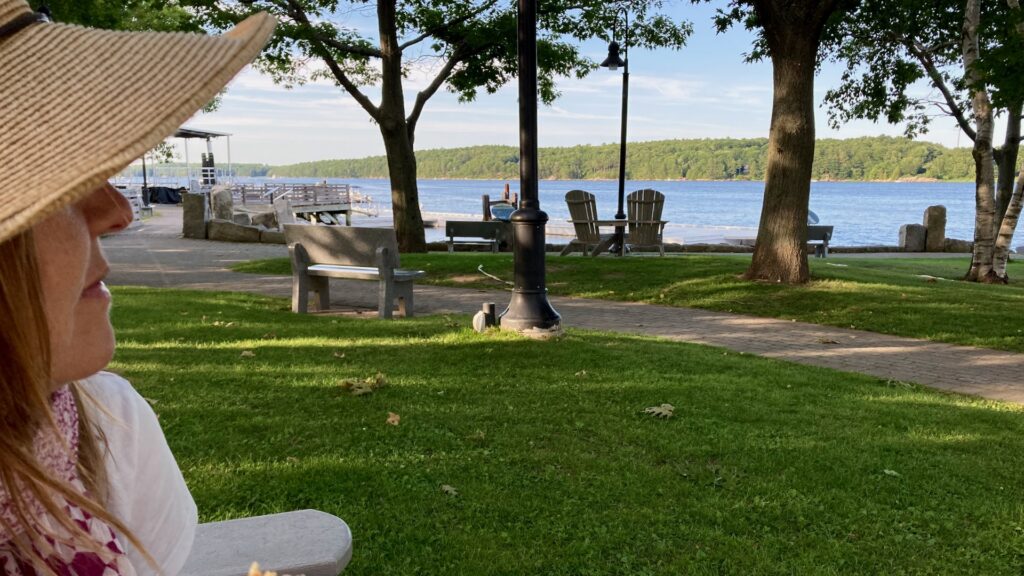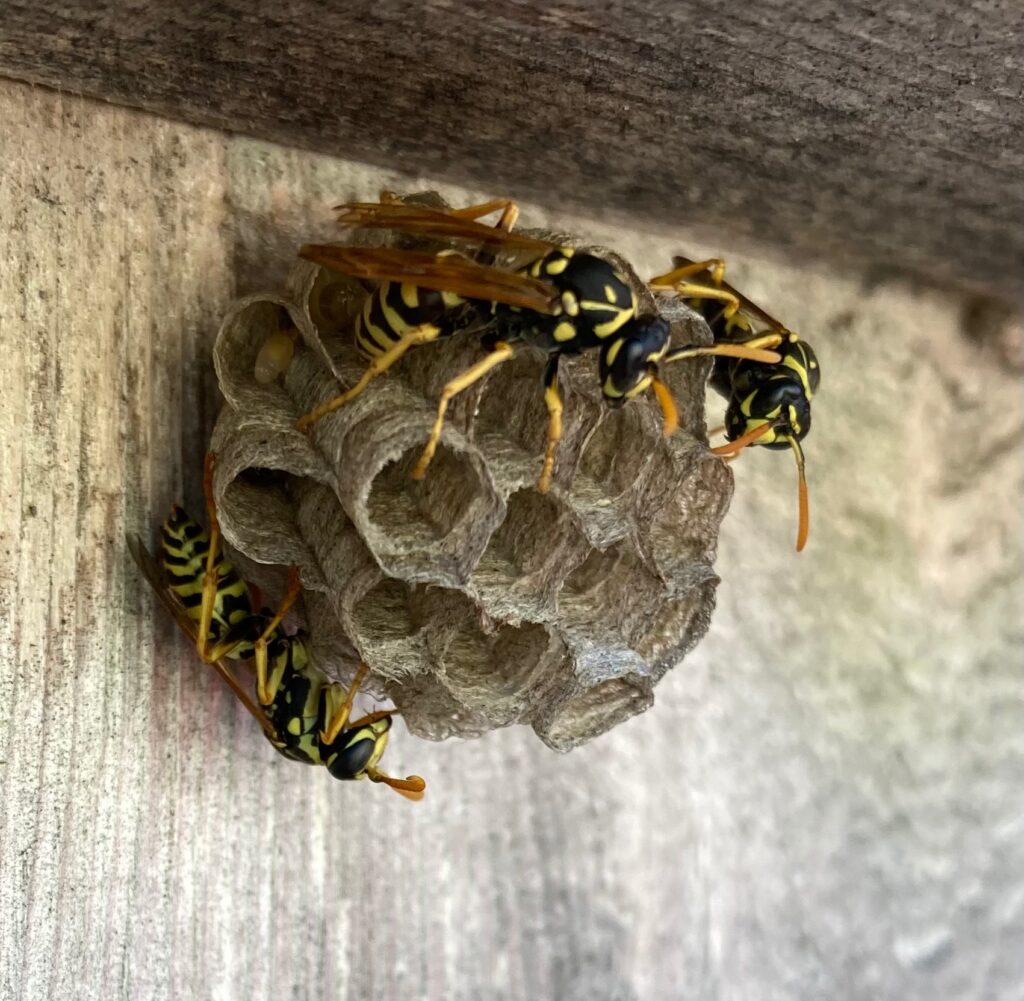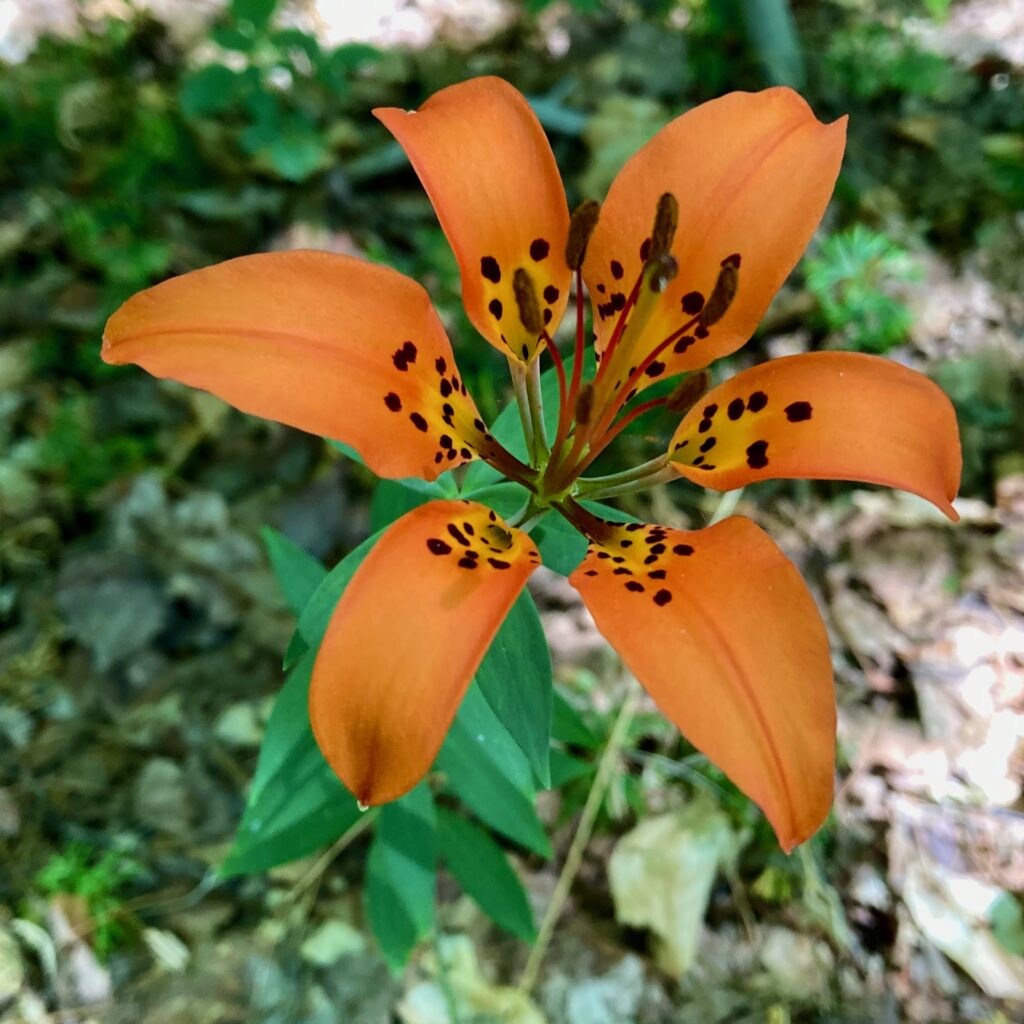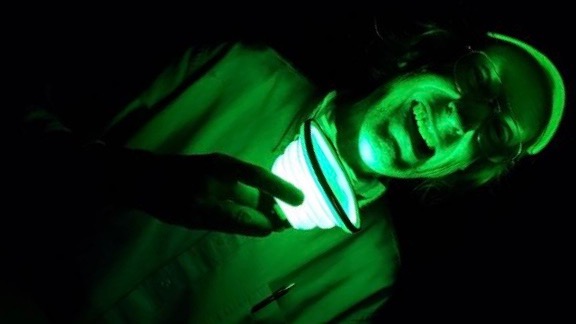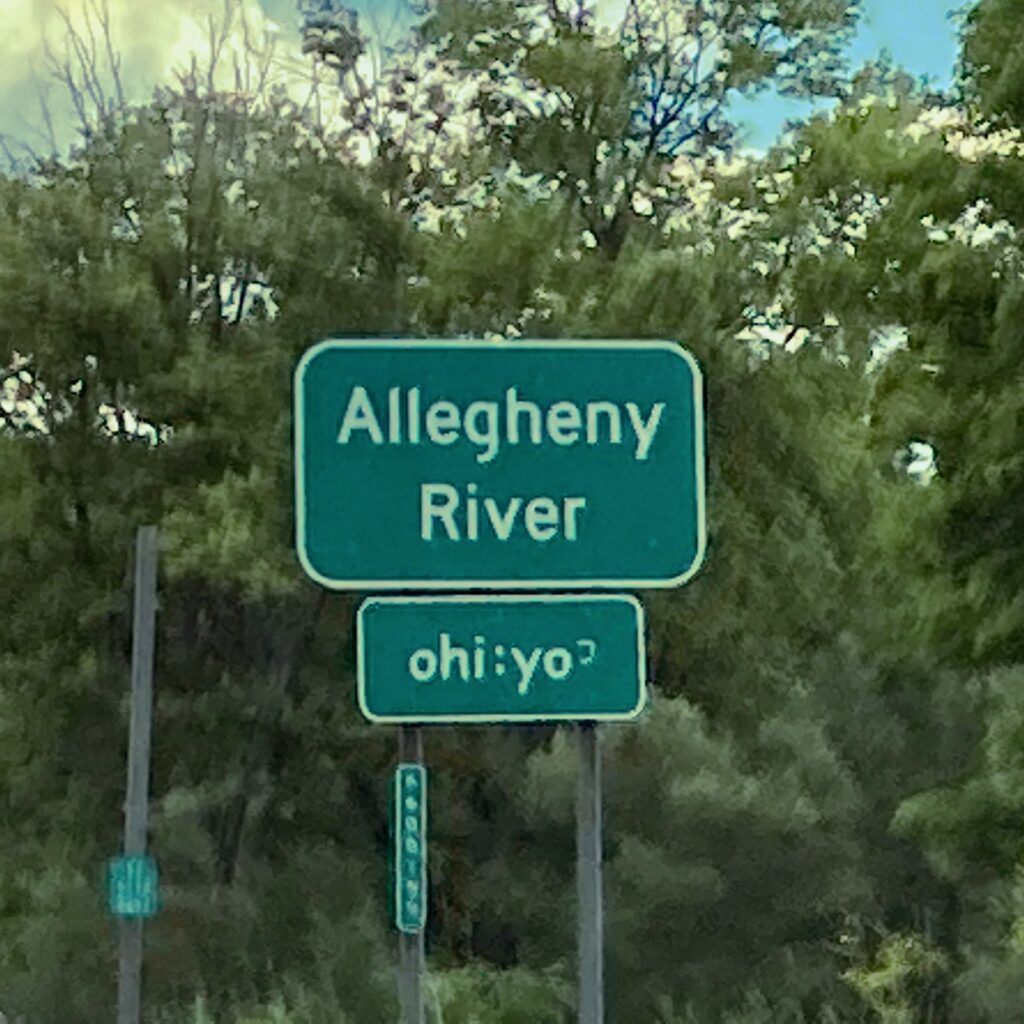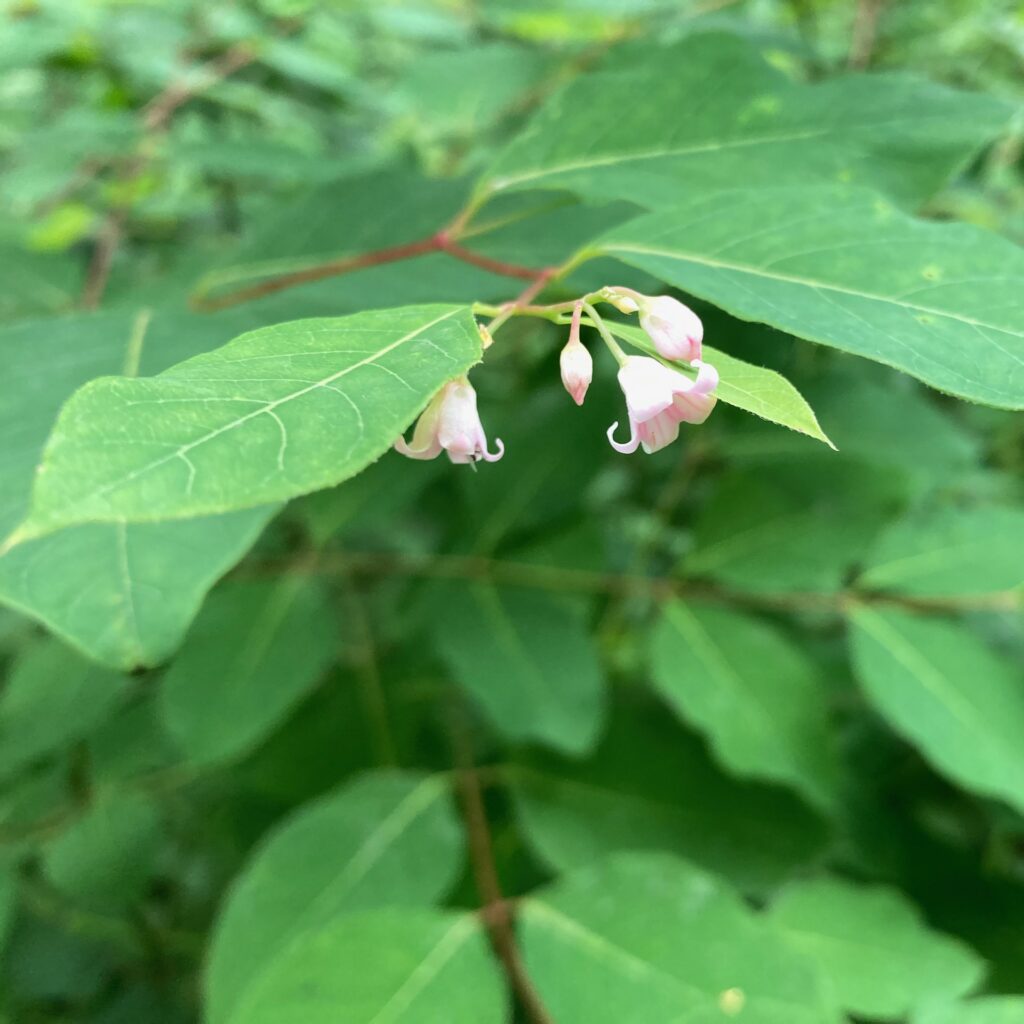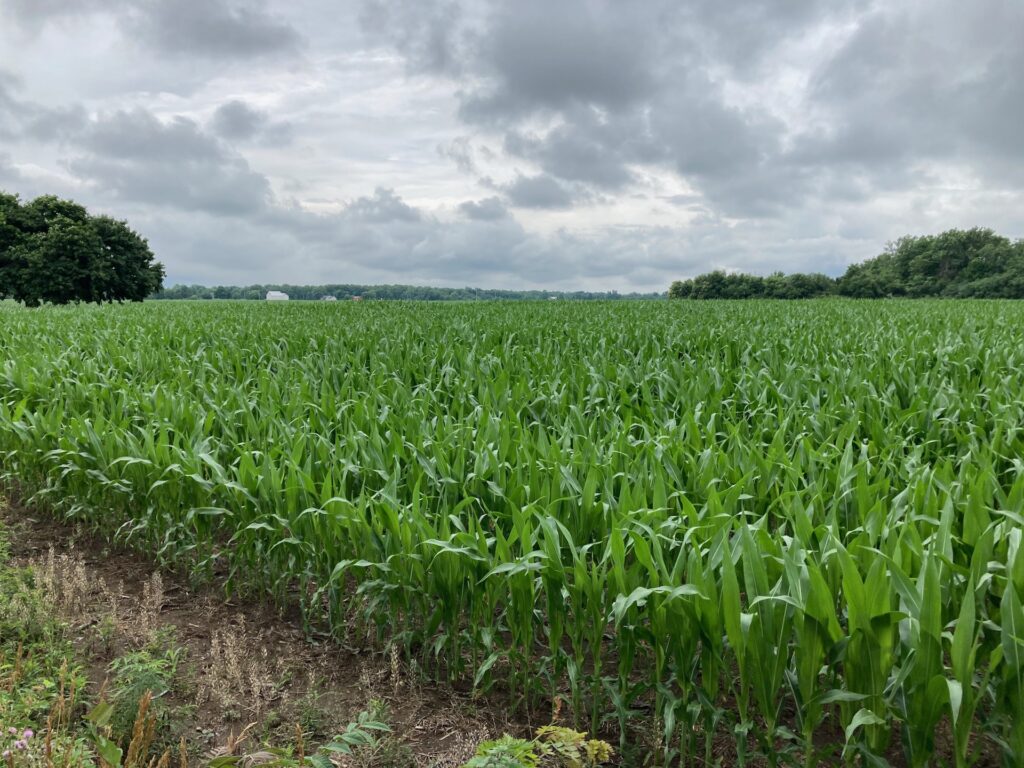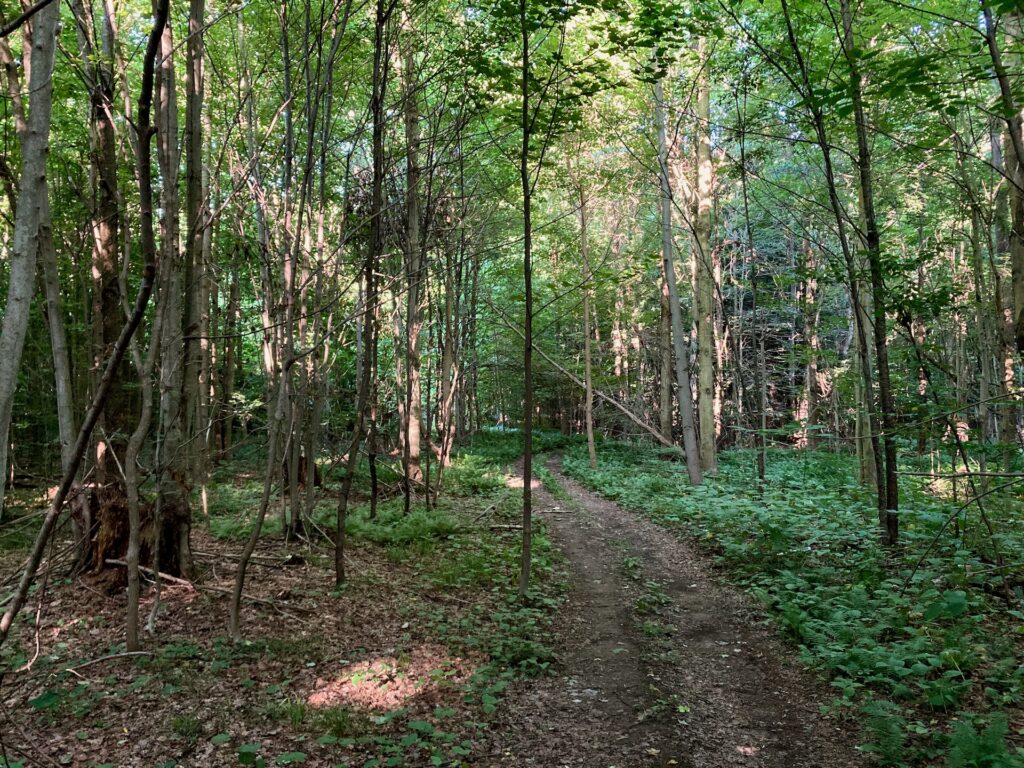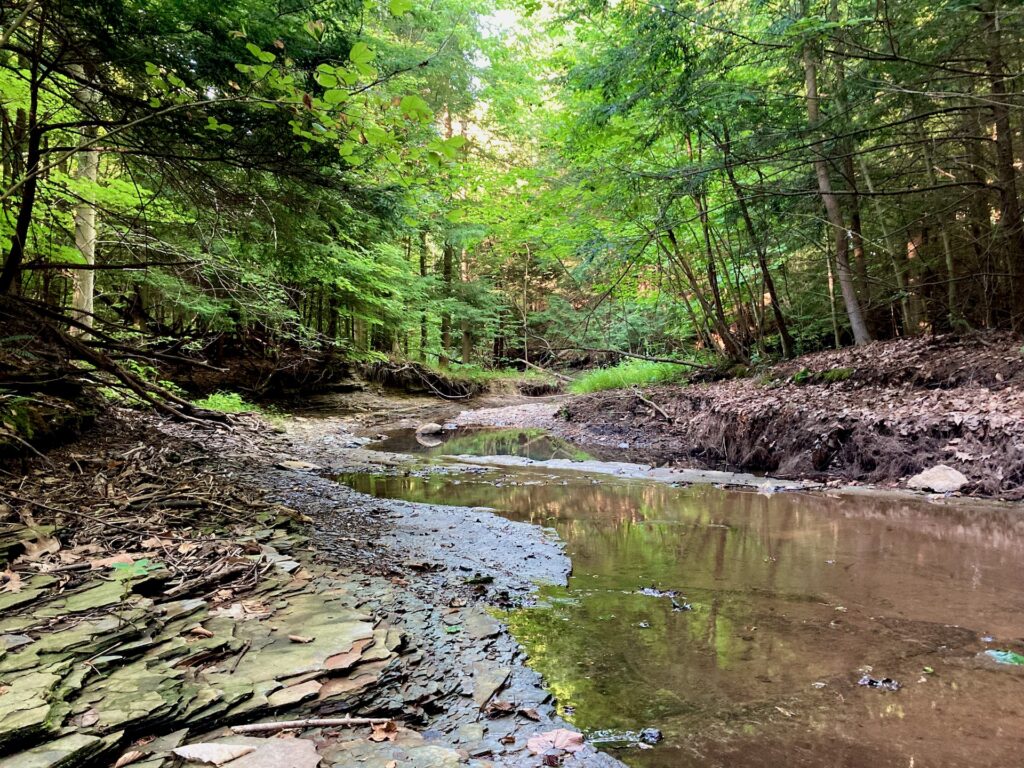We drive up to the Cumberland County Fairgrounds in Maine to sing shape note music. We tried to check into the campground on the fairgrounds, but there was no one to check in with. We called the number of the man who supposedly oversees the campground. He sort of grunted at us over the phone, and we assumed that meant we should just take whatever campsite we wanted. No picnic tables in the campsites. The restroom and shower are pretty foul. We thought about finding another campground, but this one is right next to where we’ll be singing. So we stayed, and set up our tent.
One bonus of this campground: We got to watch horse racing while we waited for the evening singing to begin. I’m not very interested in horse racing, but it was fun to see and hear the sulkies rumble past.
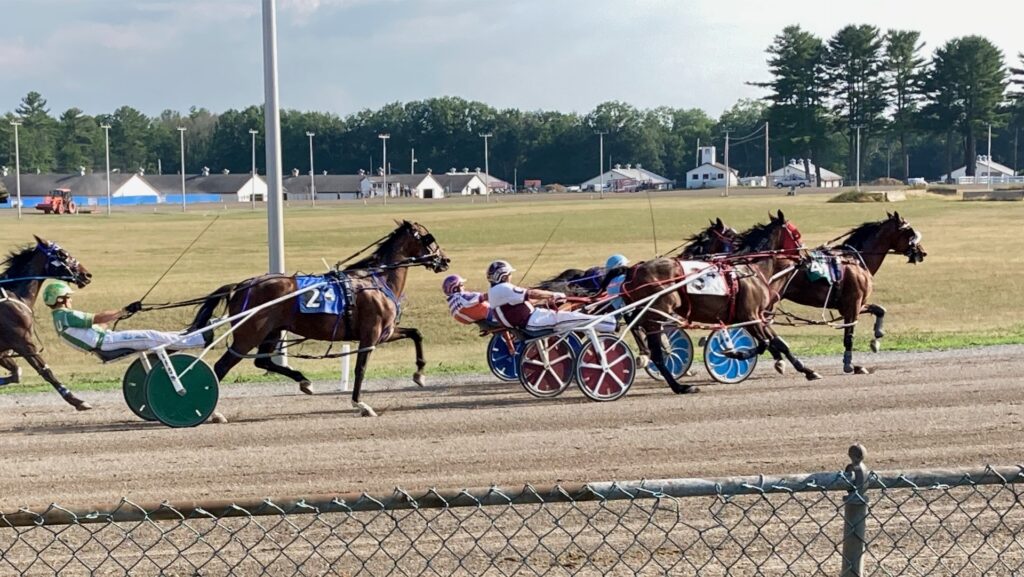
The evening singing was preceded by a chili dinner, with food shared by Maine shape note singers. Then we went into the Pulling Arena. A bunch of folding chairs were set up in the usual “hollow square.” We settled down to sing. The sound went up into the dim reaches of the pole barn far above us.
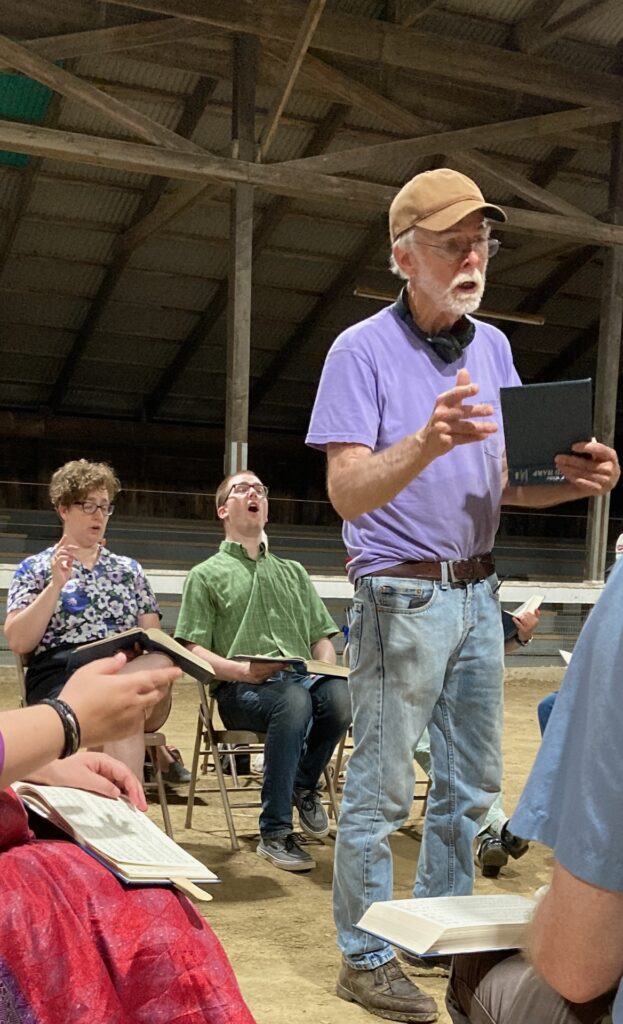
We sang out in the middle of the dirt floor. At the end of the evening’s singing, I noticed a man, a woman, and a girl were watching us from the stands. I went over and told them they should come sing with us tomorrow. Then a couple of Maine singers came over, and told them about Maine shape notes singings. The Maine singers handed the man and the woman a Cooper book each.
I could see that the girl was also interested, so I handed her one of the Cooper books so she could look at it, and follow along. The Maine singers directed their comments to the adults. I made sure to tell the girl that lots of kids sing this music, too. She looked to be about nine or ten, a perfect age to learn how to sing four-part shape note music. I told her that kids always sing the tenor part, because it’s the melody, and the most interesting part. But this is the Maine singers’ territory, and I was overstepping the bounds by butting in and talking to the girl. So I quietly stepped away. And children in our society are so often ignored, I’m sure the girl wasn’t bothered in the least. It’s just something I happened to notice.


